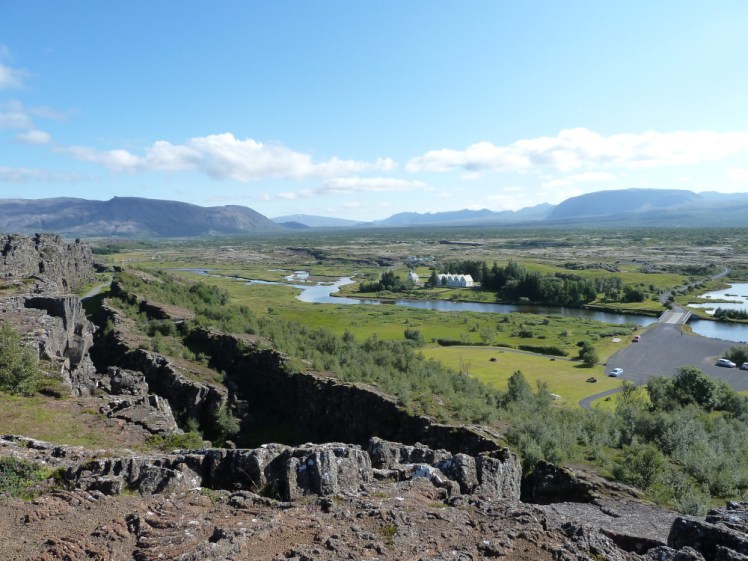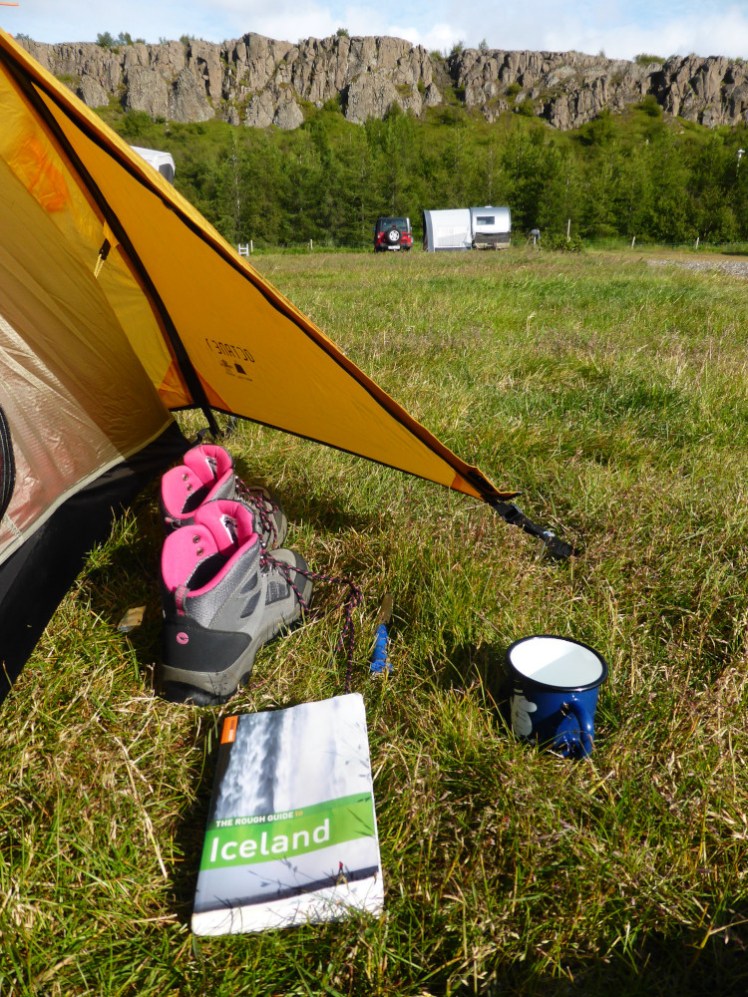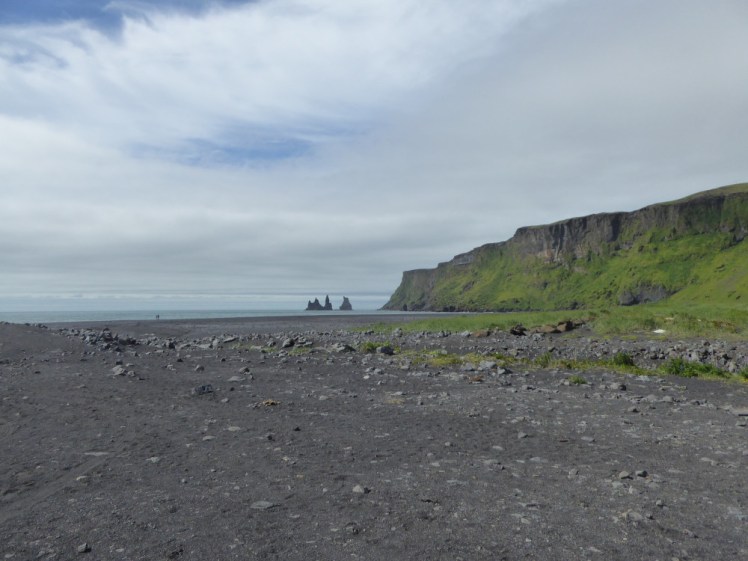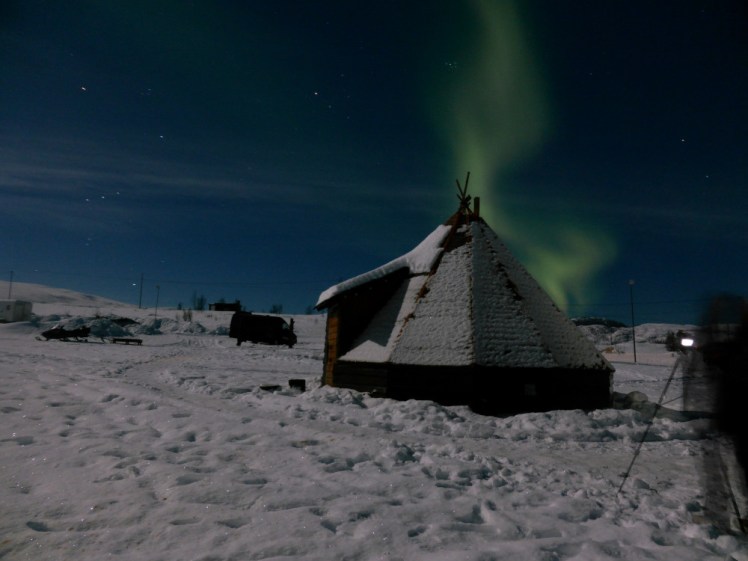I know, you’re a traveller, not a tourist, you don’t want to go on tours or be shown things by a guide, you’re independent and you’re smart and you don’t want to be a sheep and just go where everyone else goes. But I’d still like to tell you why you should use a tour guide.
This is something I’ve been thinking in a deep dark corner of my brain for a while, ever since I started watching Ring Road videos while I was editing my own Ring Road series last summer. The thing I started to notice very quickly was that everyone went to the Golden Circle, raved about the enormous waterfall Gullfoss and the erupting boiling water at Geysir and then… kind of skimmed over Þingvellir, which I think is the most significant site of the entire trip. If you arrive on your own, it’s a place with a nice view, where you can ramble around in nature for an hour or two and then go off to somewhere more obviously exciting. Whereas if you go on a professional tour, you’ll learn that this is a culturally and historically significant place, you’ll learn about the plate tectonics and how Iceland geographically works and you’ll probably learn about the years under Norwegian and Danish control. And you’ll learn to pronounce it – oh, the number of people who go off on their special independent traveller adventures and mangle place names beyond all recognition!

Isn’t that worth learning? Aren’t you travelling around the world to learn more about other places? Not just to make pretty videos and take beautiful photos? For the culture and to expand your knowledge and understanding? Right?
Of course, you can also learn all this by reading your guidebook but I have an inkling that a lot of the kind of people who would describe themselves as travellers probably consider themselves above such revolting touristy things as guidebooks. I get that – guidebooks go out of date almost before they’re printed. But that’s only in the fine details, the buses and restaurants and hotels and those sorts of things. Big things like “this is a significant place and this is why” will remain relevant forever and that’s what I have a guidebook for – wider context for what I’m seeing around me.

I do understand why you’d rather not do a tour. I also would rather not sit squashed on a bus all day or shuffling round a city following someone with an umbrella surrounded by strangers who aren’t really listening and are making it hard for me to hear the guide, and getting in the way of my pictures. But I still think you’ll get a better idea of what you’re seeing and where you are if someone is telling you about it.

It was rewriting my Lithuania posts that dragged the thoughts out of the back of my brain and into my fingertips. I spent three or four days walking around Vilnius and came back knowing 1) I like the view from Gediminas’ Tower 2) the cathedral is very clean 3) the park wasn’t as park-like as I expected. What a waste. Even if all I did was a two-hour walking tour, I’d have come back knowing something about the history of Lithuania, I’d have seen half a dozen interesting places and I’d probably know how to pronounce Gediminas. There’s something to be said for finding out what a place is like by just existing there for a few days but there’s also something bigger to be said for finding out what a place is like by spending some time in the company of someone who knows.

I went to Gdańsk in 2019. I don’t think I could have missed the effect the war had, both on Poland in general and on Gdańsk specifically but without the walking tour, I’d never have known about Solidarity or Lech Wałęsa or the Defence of the Post Office.

I’m still haunted by the fellow traveller who reached the tiny town of Vik, where 300 people live under the shadow of a giant volcano and drawled, “Are there any authentic little restaurants around here?”. No. Iceland has never had the tradition of street cafes or restaurants or coaching inns. If you’d done a Golden Circle or South Coast tour you might have heard about the Danish trade monopoly and understood that a) Iceland’s history is relatively very short b) due to its climate and nature, Iceland is not exactly a culinary cornucopia c) its Danish overlords basically left it to starve for a couple of centuries d) why Icelanders to this day are occasionally rude to and about their now-friends the Danish e) how to pronounce some of those strange letters. Very easy to miss all that by just looking out of the window of your rental car but gives you a far wider and deeper understanding of the country you’re visiting, what its history was like and how that’s shaped its present.

There’s nothing inherently wrong with not learning about the place you’re visiting. Lie by the pool, turn lobster red, drink too much, and go home minus a lot of money and plus some weight with no change in your knowledge or experience of a new place. But it’s not you I’m talking to here. It’s the people who position themselves as travel experts or proper travellers, the kind of people who surely should take more of an interest than “Instagram says I need to take some photos here, here and here”, especially if you’re going to follow up with a video or a blog passing your non-existent knowledge on to the next people to visit that place. I’m not expecting Jayne in Logistics to come home with a treatise on the complete history of Sápmi and its relationship with the modern Nordic nations but I am expecting Professional Travel Vlogger 1m Followers to come back with something more than “so cute, so cold, the words have too many vowels and I can’t read them, the food is foreign, it isn’t really Santa and we saw the Northern Lights”.

Listen to the locals. Let them tell you about their home, their culture and their history. Learn something. Get something more than a few hangovers and some mass-produced souvenirs out of your trip. You travel to “read more than a few pages” of the book of the world. Read those pages. Fill your mind. Use a tour guide.
One thought on “Why you should use a tour guide”